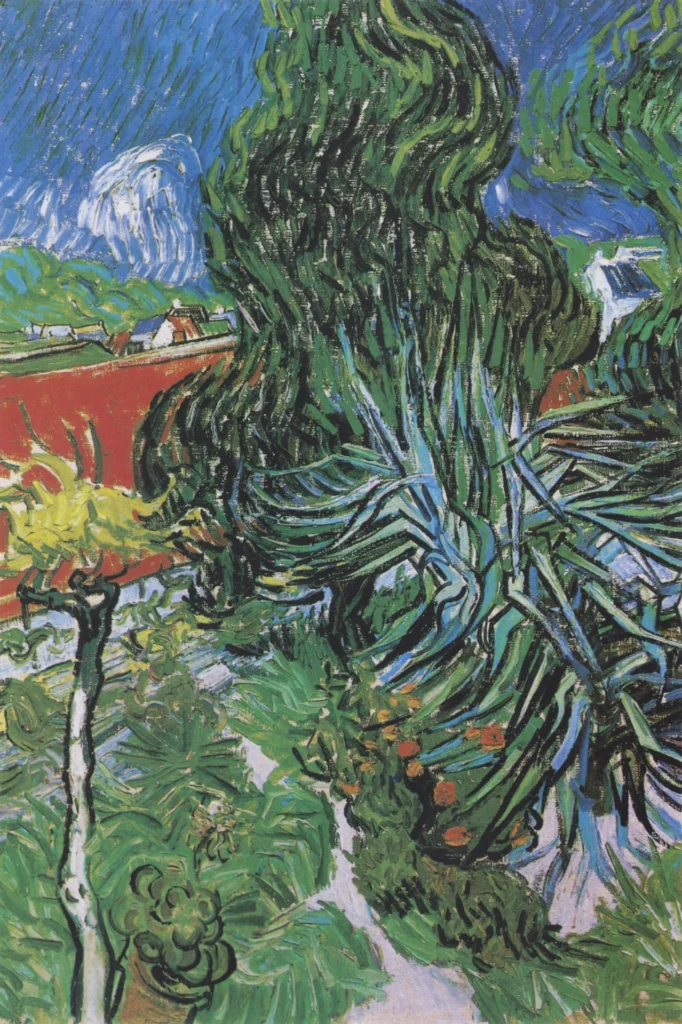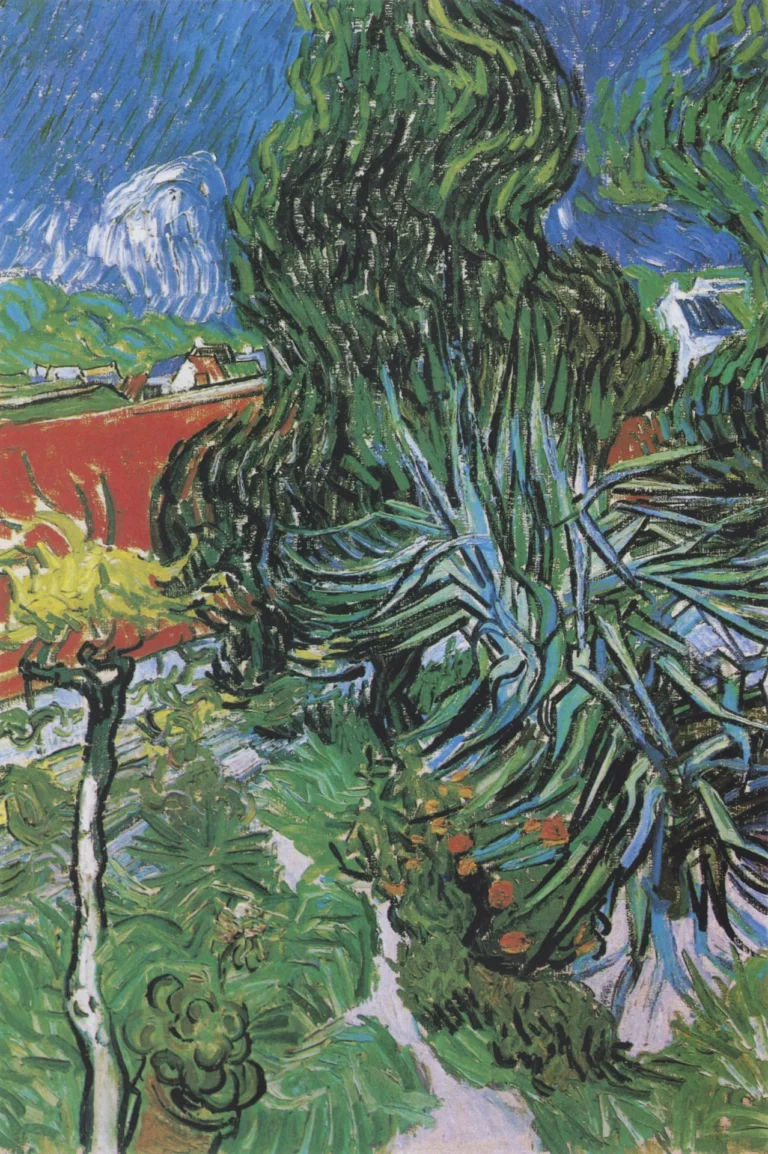Doctor Gachet's Garden In Auvers (1890)
Doctor Gachet's Garden In Auvers is a striking oil on canvas painting created by Vincent van Gogh in 1890, while he was under the care of Dr. Paul Gachet in Auvers-sur-Oise, France. The piece captures the lush colors of Dr. Gachet's garden, featuring vibrant flowers and a distinctive orange table, reflecting Van Gogh's fascination with nature and his emotional state at the time. It showcases the artist’s unique brushwork and his ability to convey feelings through color, contributing significantly to the realm of Post-Impressionism.
Year 1890
About the Artwork
This exceptional work emerged from Van Gogh's poignant relationship with Dr. Gachet, who was both his physician and confidant during a particularly tumultuous phase in the artist's life. The garden served as a sanctuary for Van Gogh, who frequently visited Dr. Gachet for support and inspiration. The vibrant colors and dynamic composition reflect not only the beauty of the garden but also the intricate layer of Van Gogh's emotional struggles intertwined with his artworks. This painting, along with other works created during this time, signifies a quest for peace and appreciation in the tranquility of nature, a contrast to Van Gogh's ongoing battle with his mental health.
Did You Know
Liked what you see? Add it to your collection.
Enjoyed reading? Share it.
... continued
Artist and Year
The painting was executed by Vincent van Gogh in 1890.
Medium and Location
The painting is an oil on canvas work and is currently housed at the Musée d'Orsay in Paris.
Context and Creation
Van Gogh painted this work in the garden of Dr. Paul Gachet, his homeopathic physician and a supporter of the arts. Dr. Gachet's house, which included a terraced garden full of flowers, was a frequent subject of Van Gogh's paintings. The garden was described as having a table painted bright orange, which Van Gogh also depicted in his 'Portrait of Dr Gachet'.
Relationship with Dr. Gachet
Van Gogh developed a close relationship with Dr. Gachet, whom he met on the advice of his brother Theo. Dr. Gachet acted as both Van Gogh's medical doctor and confidant, and Van Gogh often visited his home for lunch and to paint. Despite their close bond, Van Gogh noted that Dr. Gachet seemed to be suffering from nervous troubles as seriously as he was himself.
Other Related Works
During his time in Auvers-sur-Oise, Van Gogh also painted 'Marguerite Gachet in the Garden', which features Dr. Gachet's daughter. Both paintings reflect Van Gogh's interest in capturing the beauty and tranquility of the gardens and the people around him.
Provenance
The painting was part of Dr. Gachet's collection until 1954, when it was given to the state and initially housed at the Louvre museum, specifically the gallery of Jeu de Paume. In 1986, it was transferred to the Musée d'Orsay, where it remains today.










